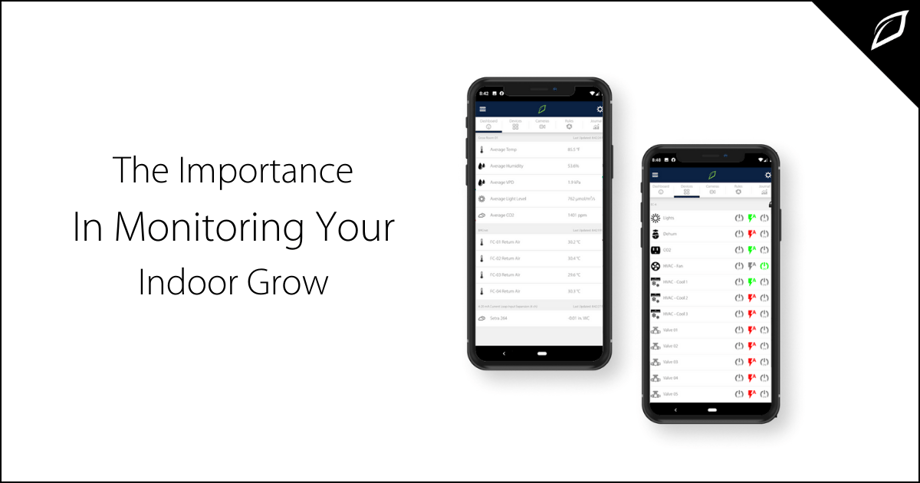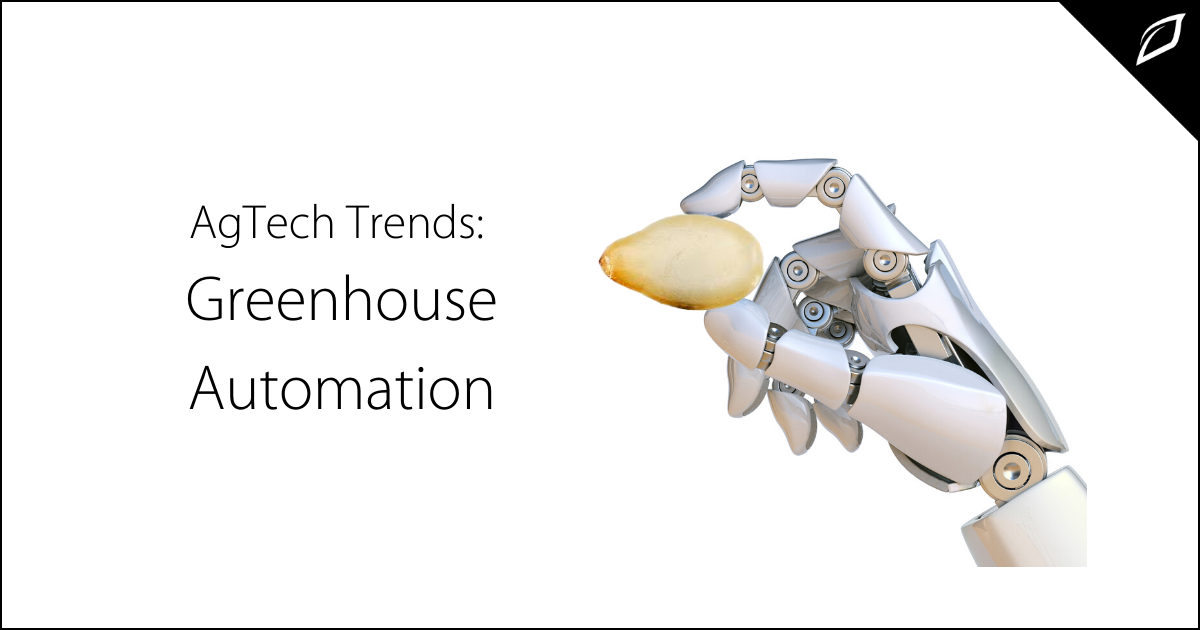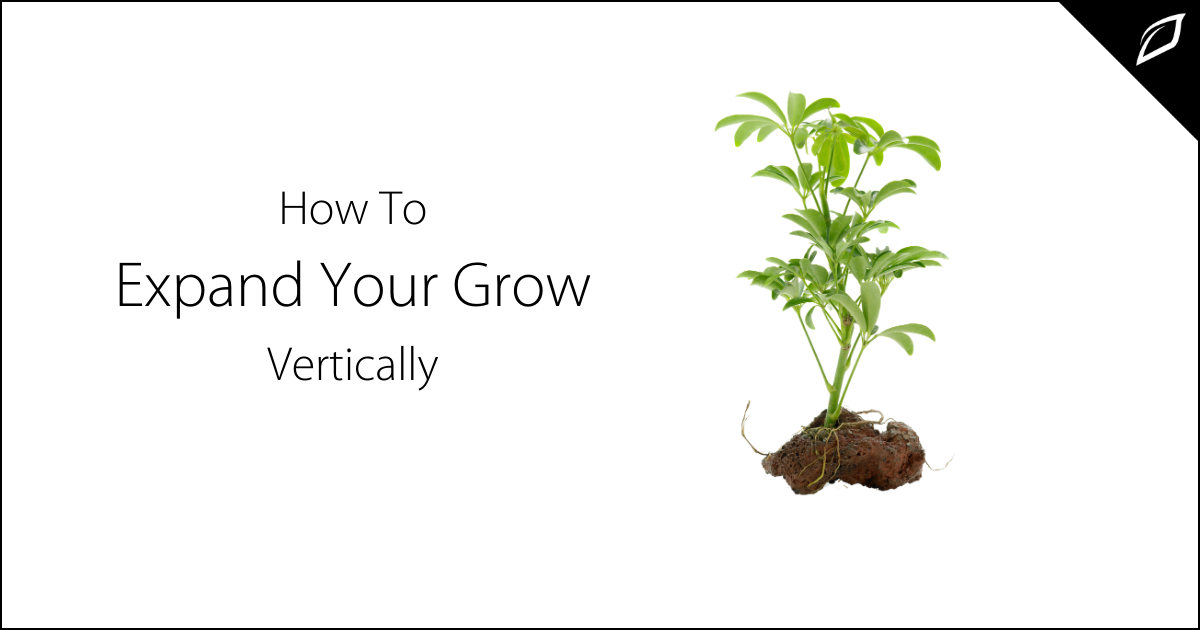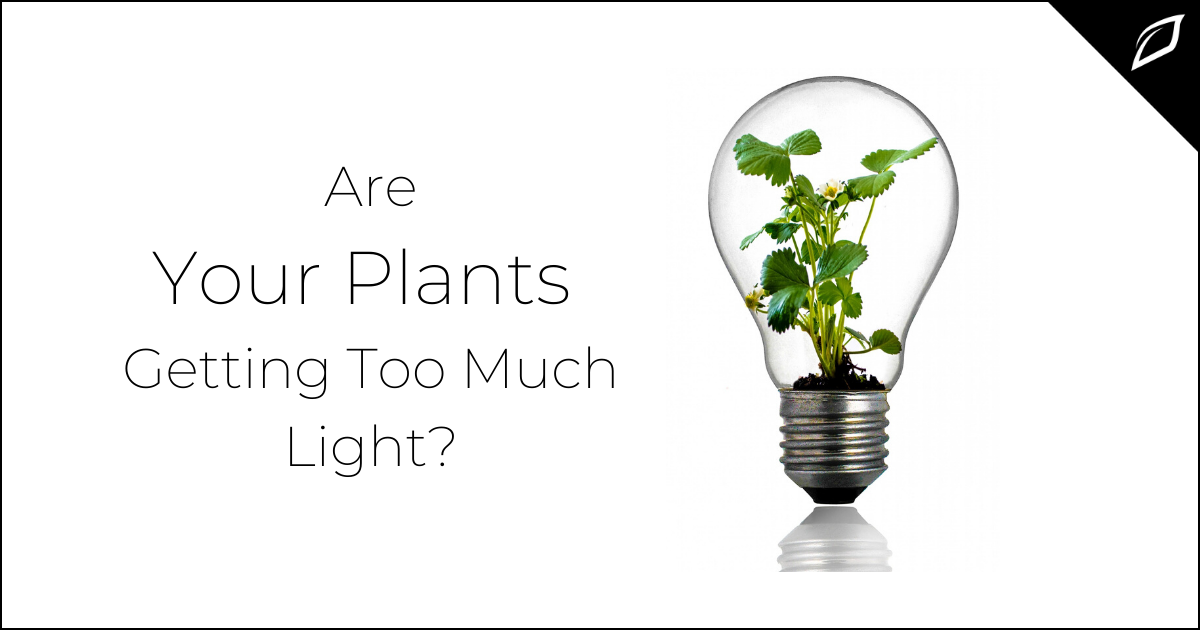Agtech Trends: Greenhouse Automation
Agtech has had a profound impact on the agricultural landscape. As a blanket term, "agtech" has been used to describe a host of innovations...


Sustainability in farming is about more than saving precious resources like water; it's about creating a growing environment that takes the guesswork out of agriculture. And nothing does that better than proactively monitoring your indoor grow. Monitoring is beneficial for greenhouses because changes in the growing environment can be dealt with before they damage plants. This means that harsh conditions and losses due to problems such as sudden temperature fluctuations are quickly identified, and adjustments can be made to avoid widespread crop losses. Here are the top 3 things you should be monitoring in your greenhouse.
Temperature
Maintaining a controlled temperature within a greenhouse environment is crucial. Even minor temperature inconsistencies can damage or kill plants in only a few hours. Remote monitoring systems protect valuable crops from extreme temperature variations.
Plant temperature controls the rate of plant development. For instance, the temperature of plant tissue affects the rate of leaf unfolding, flower bud development, and stem elongation. By measuring air temperature, we can get a rough estimate of plant temperature and, as a result, air temperature is the most common temperature measured in the greenhouse. Monitoring different air temperatures, including minimum, maximum, average daily temperature
Humidity
Working hand in hand with temperature, humidity is another significant factor to monitor in a greenhouse. Humidity can negatively impact the health of your growing environment because when humidity levels are too high, plant leaves are likely to get wet. Wet foliage has an increased risk of encountering fungal infections or an outbreak of mildew or mold. Protecting your greenhouse with monitors drastically minimizes the likelihood you will experience environmental damages.
Ventilation
Ventilation and airflow are vital in an indoor grow. An indoor ventilation system can effectively move the air directly through the crops and over the soil to prevent excessive temperature buildup around the plants and remove extreme heat. Ventilation helps with regulating temperature, preventing pest infestations, encouraging pollination, and proper airflow for fresh air. Adequate airflow will keep plants healthy and happy so keeping your grow space well ventilated is another important factor in monitoring your greenhouse.
These are just a few things you can monitor in your indoor garden. Whether it’s a hobby or becoming your main source of income, monitoring your greenhouse will make you look like a pro! Next time we’ll get into full automation and analytics, stay green!

Agtech has had a profound impact on the agricultural landscape. As a blanket term, "agtech" has been used to describe a host of innovations...

How To Expand Your Grow Vertically A lack of space to expand crop size has been a limiting factor for growers and farmers for as long as agriculture...

Too much of anything can be a problem. Light is no exception, and a thoughtful grower needs to be strategic about the placement and strength of light...